-
×
 SATYA 2 - Online Immersion - January 2023 By Tias Little
1 × $225.00
SATYA 2 - Online Immersion - January 2023 By Tias Little
1 × $225.00 -
×
 Tradacc – The Volume Profile Formula + Futures Masterclass and Rapid Setups Pack + S&P 500 Secrets Bundle - Aaron Korbs
1 × $5.00
Tradacc – The Volume Profile Formula + Futures Masterclass and Rapid Setups Pack + S&P 500 Secrets Bundle - Aaron Korbs
1 × $5.00 -
×
 PROPRIETARY TRADING PROGRAM with Bid Ask Trader
1 × $31.00
PROPRIETARY TRADING PROGRAM with Bid Ask Trader
1 × $31.00 -
×
 How I Turned 500 USD to 6 Figures in 2 months Trading Options with The Money Printers
1 × $8.00
How I Turned 500 USD to 6 Figures in 2 months Trading Options with The Money Printers
1 × $8.00 -
×
 The Complete Guide to Multiple Time Frame Analysis & Reading Price Action with Aiman Almansoori
1 × $13.00
The Complete Guide to Multiple Time Frame Analysis & Reading Price Action with Aiman Almansoori
1 × $13.00 -
×
 The Naked Eye: Raw Data Analytics with Edgar Torres - Raw Data Analytics
1 × $8.00
The Naked Eye: Raw Data Analytics with Edgar Torres - Raw Data Analytics
1 × $8.00 -
×
 Home Run Options Trading Course with Dave Aquino - Base Camp Trading
1 × $11.00
Home Run Options Trading Course with Dave Aquino - Base Camp Trading
1 × $11.00 -
×
 The A14 Weekly Option Strategy Workshop with Amy Meissner
1 × $23.00
The A14 Weekly Option Strategy Workshop with Amy Meissner
1 × $23.00 -
×
 0 DTE Options Trading Workshop with Aeromir Corporation
1 × $15.00
0 DTE Options Trading Workshop with Aeromir Corporation
1 × $15.00 -
×
 Deep Dive Butterfly Trading Strategy Class with SJG Trades
1 × $41.00
Deep Dive Butterfly Trading Strategy Class with SJG Trades
1 × $41.00 -
×
 Scalp Strategy and Flipping Small Accounts with Opes Trading Group
1 × $5.00
Scalp Strategy and Flipping Small Accounts with Opes Trading Group
1 × $5.00 -
×
 Advanced Spread Trading with Guy Bower - MasterClass Trader
1 × $15.00
Advanced Spread Trading with Guy Bower - MasterClass Trader
1 × $15.00 -
×
 Compass Trading System with Right Line Trading
1 × $39.00
Compass Trading System with Right Line Trading
1 × $39.00 -
×
 WondaFX Signature Strategy with WondaFX
1 × $5.00
WondaFX Signature Strategy with WondaFX
1 × $5.00 -
×
 High Probability Trading Using Elliott Wave And Fibonacci Analysis withVic Patel - Forex Training Group
1 × $10.00
High Probability Trading Using Elliott Wave And Fibonacci Analysis withVic Patel - Forex Training Group
1 × $10.00 -
×
 Crystal Ball Pack PLUS bonus Live Trade By Pat Mitchell - Trick Trades
1 × $20.00
Crystal Ball Pack PLUS bonus Live Trade By Pat Mitchell - Trick Trades
1 × $20.00 -
×
 Matrix Spread Options Trading Course with Base Camp Trading
1 × $31.00
Matrix Spread Options Trading Course with Base Camp Trading
1 × $31.00 -
×
 The Best Option Trading Course with David Jaffee - Best Stock Strategy
1 × $15.00
The Best Option Trading Course with David Jaffee - Best Stock Strategy
1 × $15.00 -
×
 TradeCraft: Your Path to Peak Performance Trading By Adam Grimes
1 × $15.00
TradeCraft: Your Path to Peak Performance Trading By Adam Grimes
1 × $15.00 -
×
 Options Trading & Ultimate MasterClass With Tyrone Abela - FX Evolution
1 × $54.00
Options Trading & Ultimate MasterClass With Tyrone Abela - FX Evolution
1 × $54.00 -
×
 Trading Short TermSame Day Trades Sep 2023 with Dan Sheridan & Mark Fenton - Sheridan Options Mentoring
1 × $31.00
Trading Short TermSame Day Trades Sep 2023 with Dan Sheridan & Mark Fenton - Sheridan Options Mentoring
1 × $31.00 -
×
 Crypto Trading Academy with Cheeky Investor - Aussie Day Trader
1 × $13.00
Crypto Trading Academy with Cheeky Investor - Aussie Day Trader
1 × $13.00
How to Trade a Vertical Market
$750.00 Original price was: $750.00.$93.00Current price is: $93.00.
File Size: Coming soon!
Delivery Time: 1–12 hours
Media Type: Online Course
How to Trade a Vertical Market
Introduction to Vertical Markets
In the trading world, a vertical market refers to a market experiencing rapid price movements in a short period, either upwards or downwards. These markets can present significant opportunities for traders, but they also come with increased risks. In this article, we will explore strategies and techniques for trading in vertical markets effectively, ensuring you can capitalize on these volatile conditions while managing risk.
Understanding Vertical Markets
What is a Vertical Market?
A vertical market is characterized by sharp, rapid price movements, often driven by high trading volume and significant news events. These markets can move in either direction, creating opportunities for both long and short trades.
Key Characteristics
- High Volatility: Prices can change rapidly, creating potential for quick profits or losses.
- Increased Volume: Higher trading volume often accompanies vertical markets.
- Catalysts: News events, earnings reports, or economic data releases can trigger vertical movements.
Why Trade Vertical Markets?
Trading vertical markets can be lucrative due to the potential for large price swings. However, it requires a solid strategy and risk management plan to navigate the increased volatility successfully.
Preparing to Trade a Vertical Market
Setting Up Your Trading Plan
Before entering a vertical market, it’s crucial to have a well-defined trading plan.
Components of a Trading Plan
- Entry and Exit Criteria: Define the conditions for entering and exiting trades.
- Risk Management: Set stop-loss levels and position sizes.
- Market Analysis: Continuously analyze market conditions and potential catalysts.
Technical Analysis for Vertical Markets
Technical analysis helps traders identify potential entry and exit points in vertical markets.
Key Indicators
- Moving Averages: Identify trends and potential reversal points.
- Relative Strength Index (RSI): Measure market momentum.
- Bollinger Bands: Gauge volatility and identify overbought or oversold conditions.
Strategies for Trading Vertical Markets
Trend Following
Trend following involves identifying the direction of the market and making trades that align with the prevailing trend.
How to Follow Trends
- Identify the Trend: Use moving averages to determine the trend direction.
- Confirm with Volume: Ensure high trading volume supports the trend.
- Enter the Trade: Buy in an uptrend or sell in a downtrend.
- Set Stop-Loss: Place a stop-loss order below the previous support level (for longs) or above the previous resistance level (for shorts).
Breakout Trading
Breakout trading involves entering a position when the price breaks through a key level of support or resistance.
Steps for Breakout Trading
- Identify Key Levels: Mark significant support and resistance levels on the chart.
- Watch for Breakouts: Monitor the price action for a breakout above resistance or below support.
- Enter the Trade: Enter the position as the price breaks through the key level.
- Set Stop-Loss: Place a stop-loss order just below the breakout level (for longs) or above (for shorts).
Reversal Trading
Reversal trading involves identifying potential market reversals and trading against the current trend.
Identifying Reversals
- Use RSI: Look for overbought or oversold conditions.
- Watch for Candlestick Patterns: Patterns like the hammer or shooting star can indicate potential reversals.
- Confirm with Volume: Ensure volume supports the reversal signal.
- Enter the Trade: Enter the trade at the confirmation of the reversal signal.
- Set Stop-Loss: Place a stop-loss order just beyond the recent high or low.
Risk Management in Vertical Markets
Importance of Risk Management
Increased volatility in vertical markets necessitates stringent risk management to protect your capital.
Risk Management Techniques
- Set Stop-Loss Orders: Automatically exit trades that move against you.
- Use Position Sizing: Limit the size of each trade to a small percentage of your total capital.
- Diversify: Spread your trades across different assets to reduce risk.
Psychological Discipline
Maintaining the right mindset is crucial when trading volatile markets.
Strategies for Psychological Discipline
- Stick to Your Plan: Avoid making impulsive decisions based on market movements.
- Stay Calm: Keep emotions in check and focus on executing your strategy.
- Take Breaks: Step away from the market if you feel overwhelmed.
Tools and Resources
Trading Platforms
Choose a reliable trading platform that offers the tools and features necessary for trading vertical markets.
Key Features
- Real-Time Data: Access to real-time market data and news.
- Advanced Charting Tools: Use technical indicators and charting tools to analyze the market.
- Risk Management Tools: Set stop-loss and take-profit orders easily.
Educational Resources
Continual learning is vital for success in trading vertical markets.
Recommended Resources
- Books: “Technical Analysis of the Financial Markets” by John Murphy.
- Online Courses: Enroll in courses that focus on advanced trading strategies.
- Webinars: Attend webinars hosted by experienced traders.
Conclusion
Trading vertical markets can be highly rewarding if approached with the right strategies and risk management techniques. By understanding the dynamics of vertical markets, preparing a solid trading plan, and maintaining psychological discipline, traders can capitalize on the opportunities these markets present. Stay informed, keep learning, and always protect your capital.
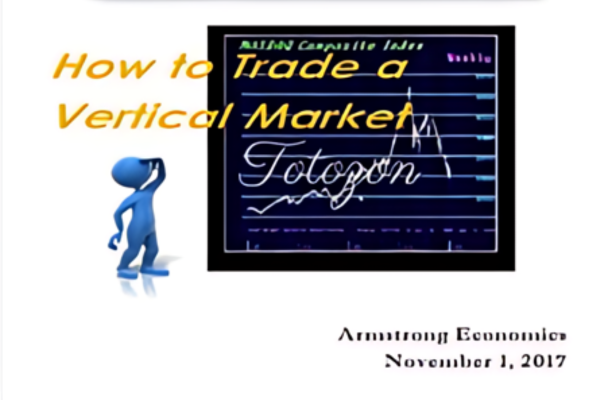
FAQs
1. What is a vertical market?
A vertical market is characterized by sharp, rapid price movements, often driven by significant news events or economic data releases.
2. Why should I trade vertical markets?
Vertical markets offer the potential for large price swings, creating opportunities for substantial profits.
3. What strategies are effective in vertical markets?
Effective strategies include trend following, breakout trading, and reversal trading, each requiring a solid understanding of technical analysis and risk management.
4. How important is risk management in vertical markets?
Risk management is crucial in vertical markets due to the increased volatility. It helps protect your capital and manage potential losses.
5. What resources can help me trade vertical markets?
Use reliable trading platforms with advanced tools, read educational books, take online courses, and attend webinars to continually improve your trading skills.
Be the first to review “How to Trade a Vertical Market” Cancel reply
You must be logged in to post a review.
Related products
Others
Others
Others

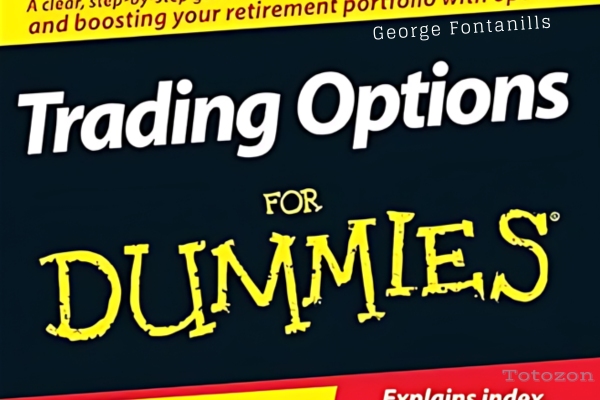
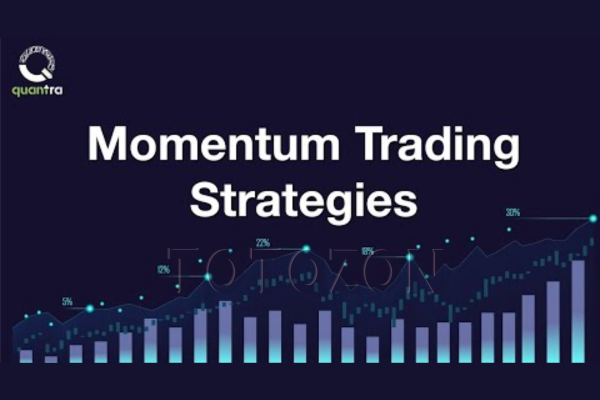



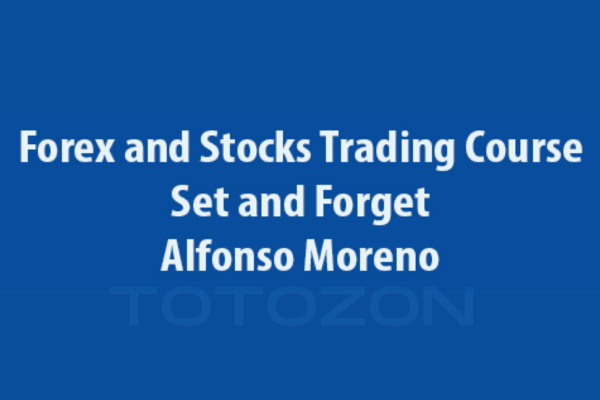
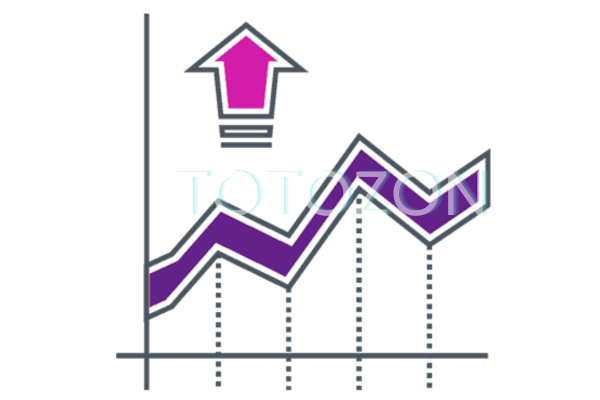


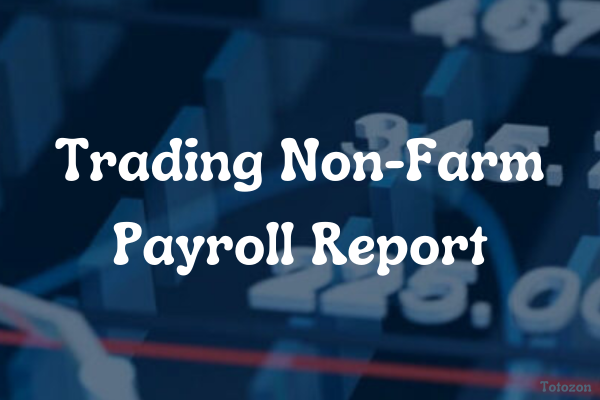


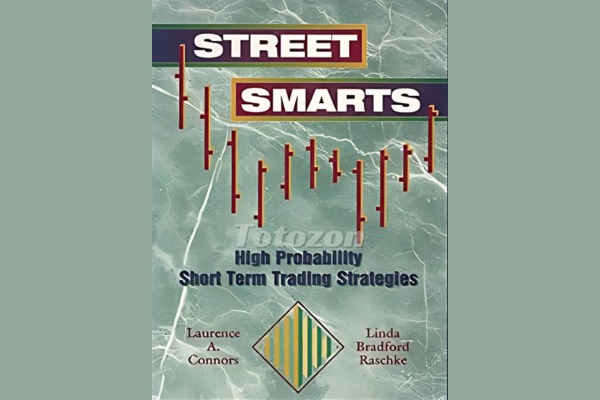


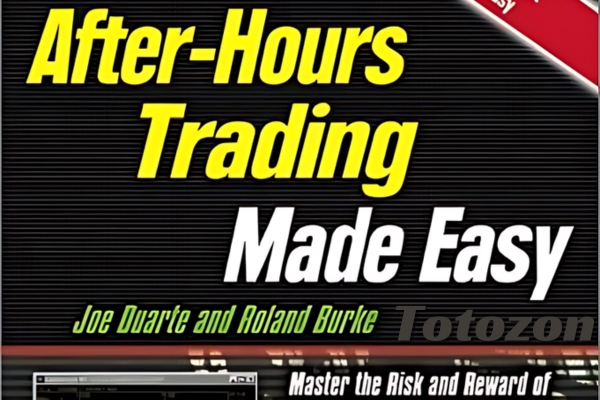


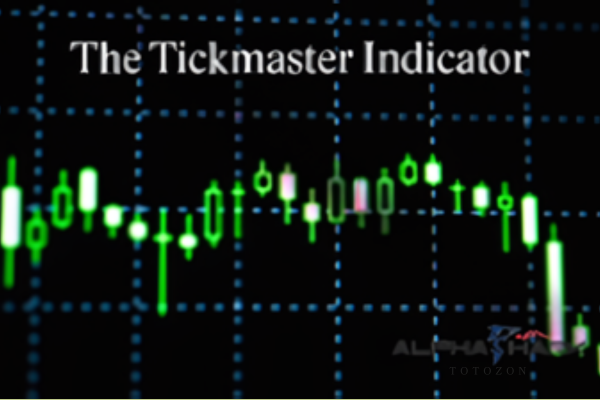

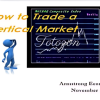
Reviews
There are no reviews yet.